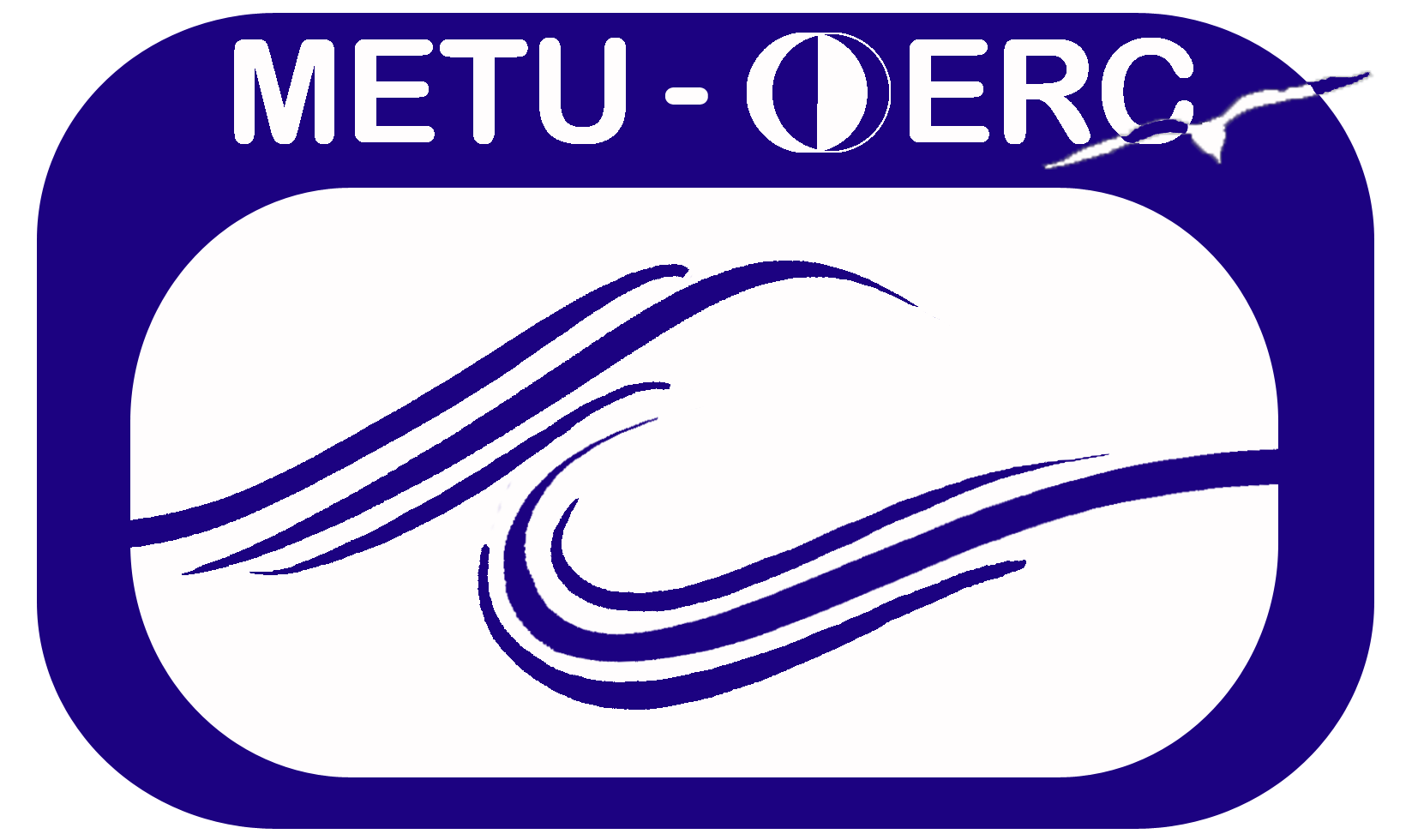COD
COD: Beach Evolution Model
COD is a 2-dimensional (2D) depth-averaged beach evolution numerical model, developed by Middle East Technical University, Department of Civil Engineering, Ocean Engineering Research Center (Baykal, 2012; 2014; Baykal et al. 2014), used to study of medium-to-long-term (days, years) and meso-to-macroscale (hundreds of meters to kilometers) morphological changes under the action of wind waves only over the arbitrary land and sea topographies around existing coastal structures and formations.
The model is mainly composed of 4 main submodels: 1) Nearshore spectral wave transformation model (NSW), a 2D phase-averaged spectral wave transformation model based on the energy balance equation. 2) Nearshore circulation model (NSC), a 2D depth-averaged numerical circulation model based on Nonlinear Shallow Water Equations in which the effects of surface rollers, bottom friction, and lateral mixing are included. 3) Sediment transport model (SED) based on Watanabe’s (1992) distributed a total sediment load formulation. 4) Bottom evolution model (EVO) which computes the changes in the bottom topography based on the gradients of sediment transport rates over the computational domain and bottom avalanching.
Above given submodels are compared and validated with various datasets of laboratory and field experiments and applied to some conceptual benchmark cases, including simulation of rip currents around beach cusps, beach evolution around a single shore perpendicular groin, and a series of offshore breakwaters.
The model is developed in the MATLAB® environment using finite-difference schemes to the numerical solutions of the governing equations of the submodels.
The main inputs of the COD are the offshore or nearshore wave conditions, the initial nearshore sea bottom and land topographies (including coastal structures), and the controlling model parameters based on case-specific conditions such as breaker index, median grain size diameter, wave diffraction intensity parameter, and turbulent eddy viscosity.
References
- Baykal, C., (2012). Two-Dimensional Depth-Averaged Beach Evolution Modeling, Ph.D. Thesis. Middle East Technical University, Graduate School of Natural Applied Sciences, Department of Civil Engineering, Coastal and Harbor Engineering Division, Ankara, Turkey.
- Baykal, C., (2014). Development of A Two-Dimensional Beach Evolution Model, Turkish J. Earth Sciences, 23: 215-231. doi:10.3906/yer-1302-1
- Baykal, C., Ergin, A., and Güler, I. (2014). Two-Dimensional Depth-Averaged Beach Evolution Modeling: Case Study of the Kızılırmak River Mouth, Turkey. J. Waterway, Port, Coastal, Ocean Eng., 140(3), 05014001. doi:10.1061/(ASCE)WW.1943-5460.0000243

